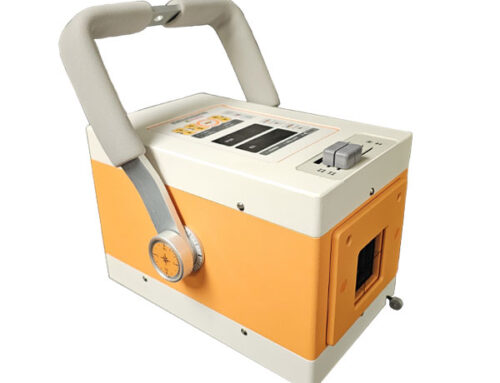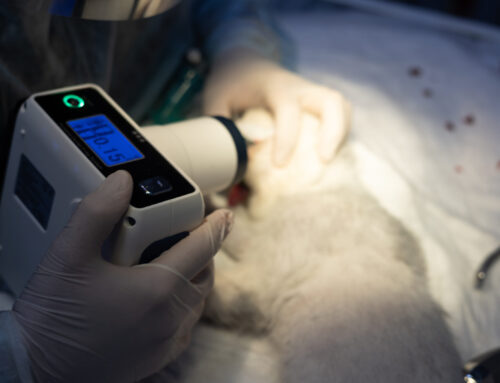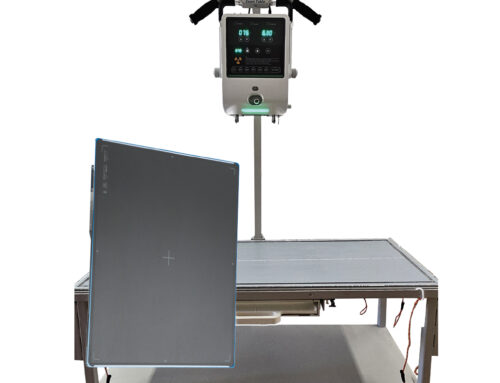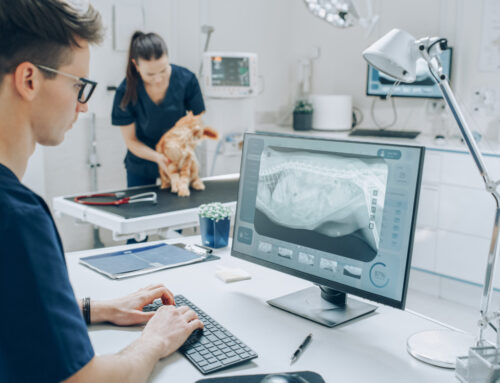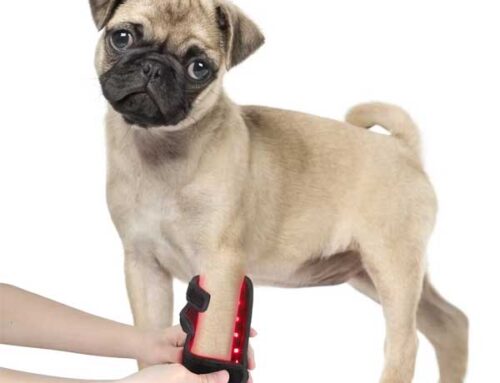Lameness is one of the most common problems requiring vet consultation. Diagnosing the cause can be difficult, time-consuming and frustrating. Veterinarians develop their own protocols in assessing lameness but the steps shown give an indication of the process.
Step 1 Review Medical History
The vet will ask you questions relating to past and present difficulties of your horse. He or she will also ask about exercise or work requirements and any other relevant information.
Step 2 At-Rest Appraisal
In a visual appraisal at rest, the vet will study symmetry, balance, and weight- bearing and look for any noticeable injury or stress.
Step 3 Motion Appraisal
Your veterinarian will watch the horse walk and trot and, in some cases, lunge Observing the horse from the front, back, and side views, the veterinarian will note any deviation in gait.
Step 4 Hands-On Evaluation
The veterinarian will run hands over the horse, checking muscles, joints, bones and tendons for any evidence of heat, swelling or any other physical abnormalities. Pulses in the blood vessels of a lower limb frequently yields useful information about infections or inflammation.
Step 5 Hoof/Joint Test
Hoof examination includes a careful visual inspection of the bearing surface of the foot when it is picked up.
Step 6 Flexion Exam
This test helps the vet to assess the encapsulated surrounding joints along with the associated ligaments, tendons and bone ends. The limb is placed in a flexed position for a short period and then released. As the horse trots away the vet watches for signs of increased lameness.
Step 7 Lunging
Often, the vet will want to watch the horse being lunged in a circle on firm ground. This generally puts more pressure on the inside leg (back or front) and makes a subtle problem more obvious.
Step 8 Nerve Blocks
Local anesthetic can be used to help isolate the area of lameness by numbing the region. They allow the vet to focus expensive imaging tests in the affected area.
Step 9 Imaging Tests
Once the source of the pain has been identified, a range of imaging techniques may be used to further localize the cause. These include ultrasound scans and X-rays. In difficult-to-diagnose or high-value cases, bone scans, MRI (Magnetic Resonance Imaging) and Scintigraphy may be used.
Digital ultrasound uses waves to view soft tissues such as muscle, tendons and ligaments; inflammation and/or tears can contribute to a problem.
Digital radiography allows for x-ray evaluation of specific trouble areas such as joints of the limb or neck. High quality images appear on a screen, helping your vet find smaller, subtle lesions that cause discomfort to the animal.
MRIs use strong magnets and, with the aid of computers, allow the vet to divide the horse’s body into very thin slices or planes to see lesions that cannot be seen in any other way. MRIs are especially helpful in examining the horse’s feet.
Nuclear Scintigraphy, is the process by which a radiopharmaceutical is injected into the horse’s vein, followed by photography that detects the pharmaceutical in the horse’s tissue. The procedure can often find inflammation on the cellular level not yet “large” enough to be seen with an x-ray. This procedure is extremely helpful in finding stress fractures and small bone bruises.
Your veterinarian’s goal is to help you with the health and fitness of your horse. Once a diagnosis is made, treatment can be aimed at correcting the problem, so the horse can get back to the ring, the track or his or her job.
***
This blog is brought to you by Diagnostic Imaging Systems. Diagnostic Imaging Systems, Inc. (DIS) has been providing Quality Imaging products since 1983. The company combines industry knowledge with an understanding of the veterinary practice. For more information, go to Diagnostic Imaging Systems, Inc. website at: www.vetxray.com
All content provided on this blog is for informational purposes only. The owner of this blog makes no representations as to the accuracy or completeness of any information on this site or found by following any link on this site. The owner will not be liable for any errors or omissions in this information nor for the availability of this information. The owner will not be liable for any losses, injuries, or damages from the display or use of this information. These terms and conditions of use are subject to change at any time and without notice.


